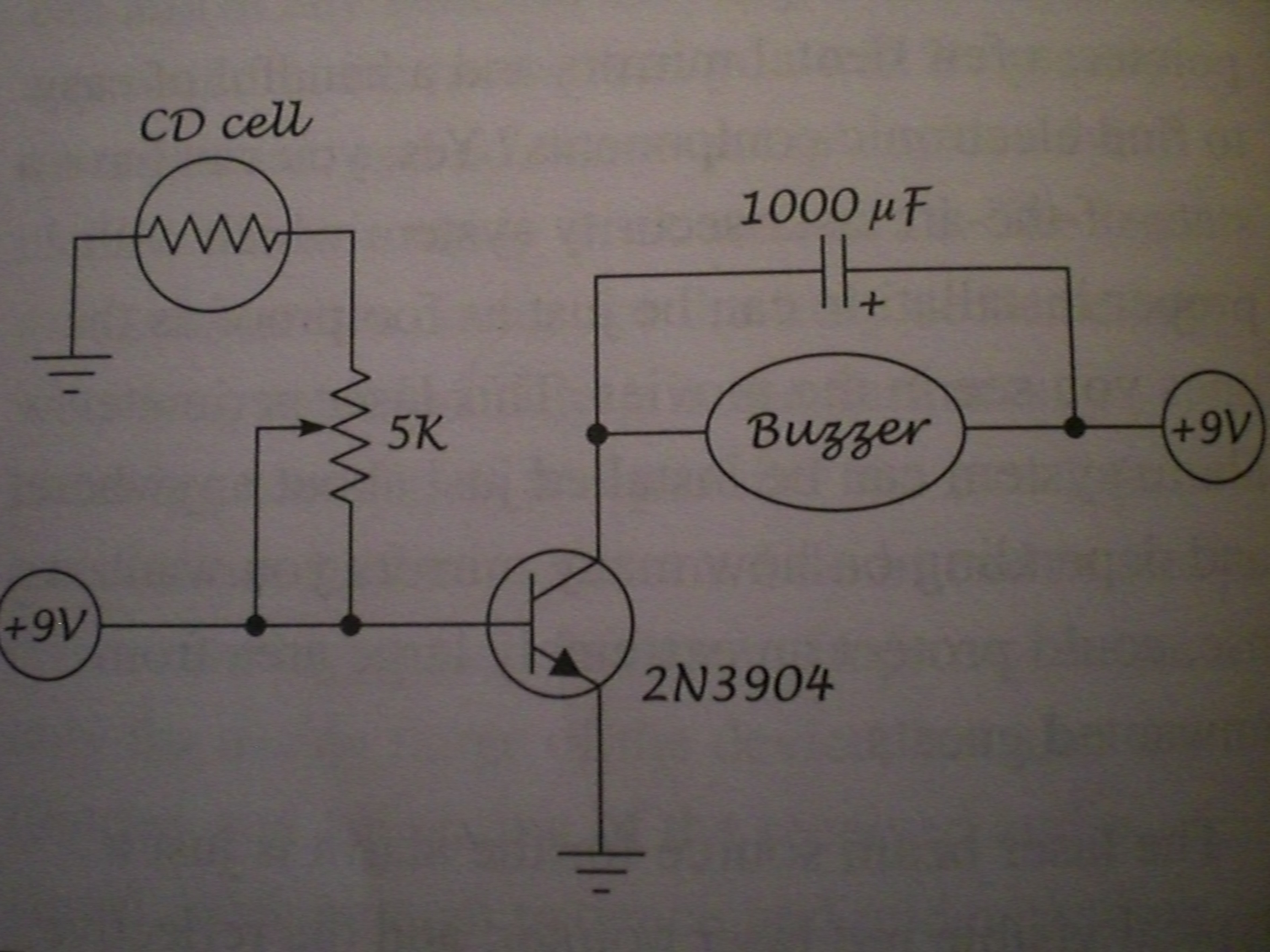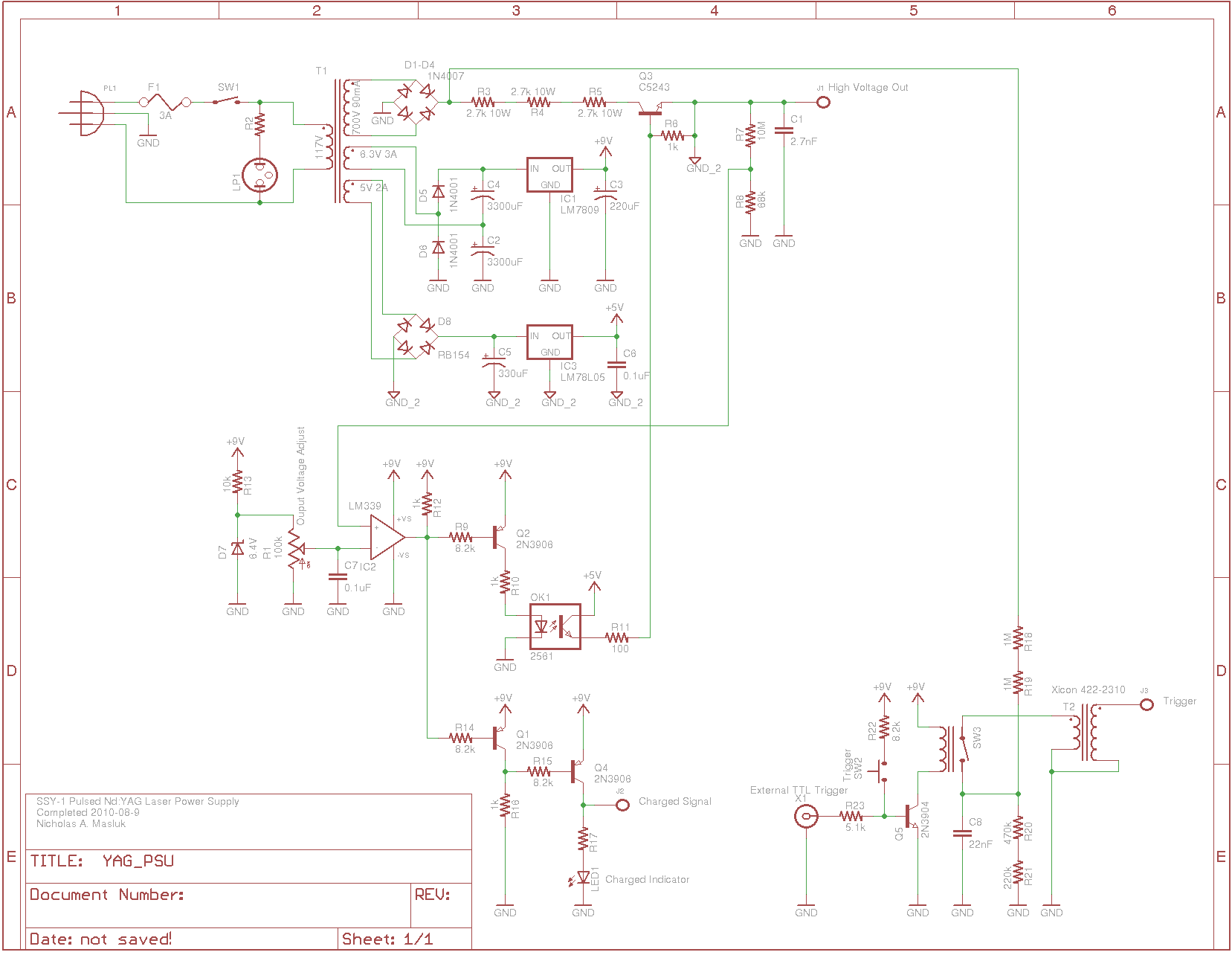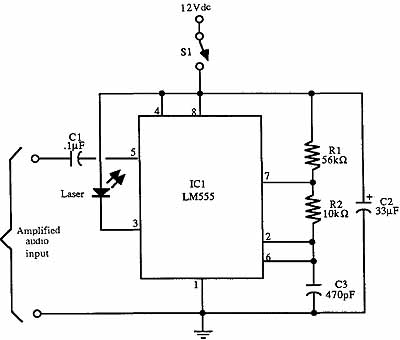
Laser Alarm fun stuff

One day, an individual contemplates the necessity of purchasing an alarm installation system when it is possible to create one independently. The common rationale against this is a lack of skills or time. However, in this case, the preference leans towards the opportunity to acquire new skills and engage in interesting projects.
The development of a DIY alarm system involves several key components and considerations. The primary objective is to design a circuit that can detect unauthorized entry and alert the user through an alarm or notification system.
The core of the alarm system can be based on a microcontroller, such as an Arduino or Raspberry Pi, which serves as the central processing unit. The microcontroller can be programmed to monitor various sensors, including door/window contacts, motion detectors, and glass break sensors.
For instance, magnetic reed switches can be used on doors and windows to detect when they are opened. When the circuit is broken, a signal is sent to the microcontroller, which can then trigger an alarm. Passive infrared (PIR) sensors can be employed to detect motion within a specified area. When motion is detected, the PIR sensor sends a signal to the microcontroller, which activates the alarm system.
The alarm itself can consist of a loudspeaker or siren, which can be driven by a transistor or relay connected to the microcontroller. Additionally, a notification system can be implemented using Wi-Fi or GSM modules to send alerts to the user's smartphone or other devices.
Power supply considerations are crucial for the reliability of the alarm system. A regulated power supply is necessary to ensure that the microcontroller and other components operate within their specified voltage ranges. Battery backup can also be integrated to maintain functionality during power outages.
Finally, the entire system can be housed in a secure enclosure to prevent tampering. User interfaces such as keypads or mobile applications can be developed to allow users to arm or disarm the system easily.
In conclusion, the design of a DIY alarm system not only provides a practical solution for security but also serves as an educational project that enhances skills in electronics and programming.So one day you wake up and you think why should I buy an alarm installation if I can just make my own. The normal answer is because you usually don`t have the skills nor the time for it. In my case I preferred the answer, because you can learn new skills and do cool stuff 🔗 External reference
The development of a DIY alarm system involves several key components and considerations. The primary objective is to design a circuit that can detect unauthorized entry and alert the user through an alarm or notification system.
The core of the alarm system can be based on a microcontroller, such as an Arduino or Raspberry Pi, which serves as the central processing unit. The microcontroller can be programmed to monitor various sensors, including door/window contacts, motion detectors, and glass break sensors.
For instance, magnetic reed switches can be used on doors and windows to detect when they are opened. When the circuit is broken, a signal is sent to the microcontroller, which can then trigger an alarm. Passive infrared (PIR) sensors can be employed to detect motion within a specified area. When motion is detected, the PIR sensor sends a signal to the microcontroller, which activates the alarm system.
The alarm itself can consist of a loudspeaker or siren, which can be driven by a transistor or relay connected to the microcontroller. Additionally, a notification system can be implemented using Wi-Fi or GSM modules to send alerts to the user's smartphone or other devices.
Power supply considerations are crucial for the reliability of the alarm system. A regulated power supply is necessary to ensure that the microcontroller and other components operate within their specified voltage ranges. Battery backup can also be integrated to maintain functionality during power outages.
Finally, the entire system can be housed in a secure enclosure to prevent tampering. User interfaces such as keypads or mobile applications can be developed to allow users to arm or disarm the system easily.
In conclusion, the design of a DIY alarm system not only provides a practical solution for security but also serves as an educational project that enhances skills in electronics and programming.So one day you wake up and you think why should I buy an alarm installation if I can just make my own. The normal answer is because you usually don`t have the skills nor the time for it. In my case I preferred the answer, because you can learn new skills and do cool stuff 🔗 External reference





